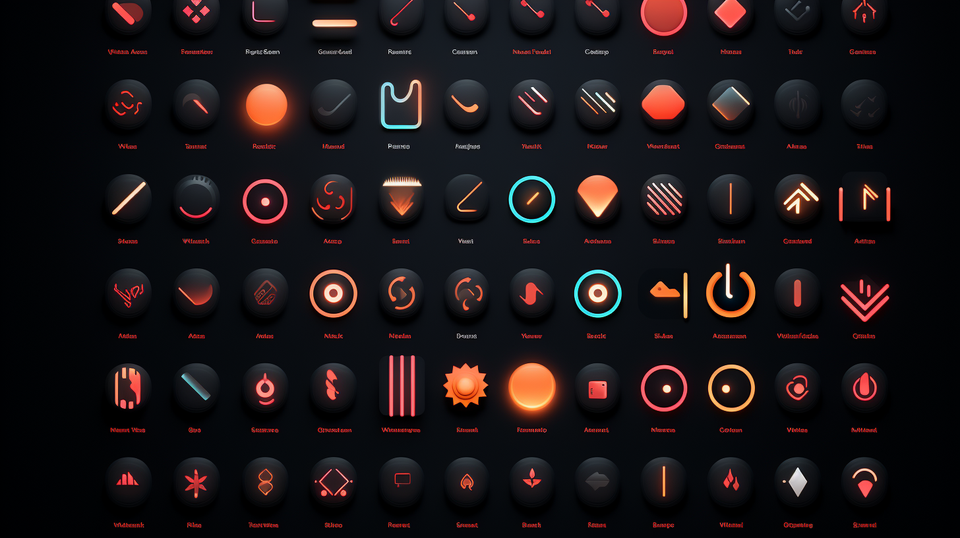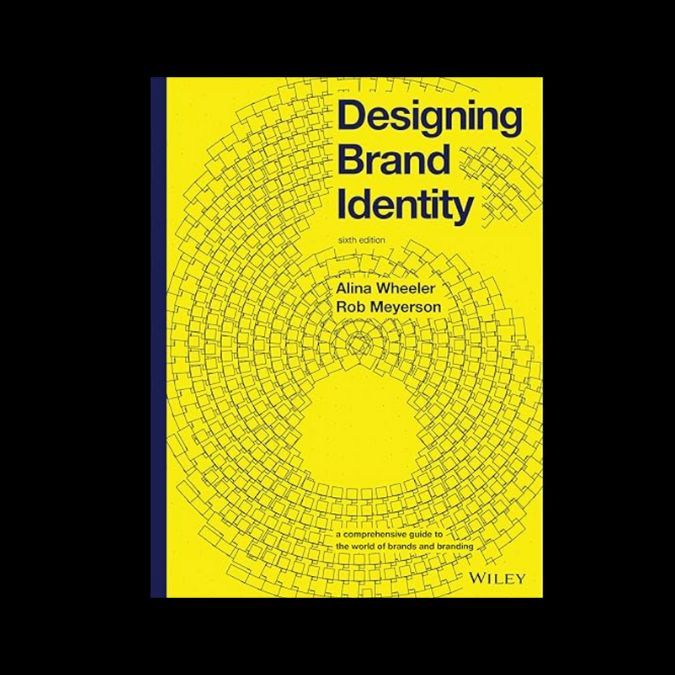Leveraging AI to Create Effective Brand Icons

Brand icons construct stakeholders' edifice of trust. Seasoned designers understood which symbolic bricks reinforced identities. Strategic icon selection leads to clarity in presentations; and strengthens branding perception. Random icons weaken effectiveness. AI promises to systematically construct meaningful iconography, not just individual bricks. This speaks to AI's role in bridging logic and creativity. The following text examines why and how you can use AI to construct icon sets reflecting your brand values, or boosting your presentations.
WHY does it matter?
The core reason for using AI to create effective brand icons lies in the ability of AI to develop icons that resonate deeply with a brand's target audience.
Through data analysis, AI can generate integrated visual narratives that strengthen brand narrative. AI can produce interconnected icon systems that tell the brand story and create emotional connections and engagement. The differentiator is AI's ability to understand audience logic and translate it into strategic icon choices that connect the brand with its customers.
Top 5 benefits
1 . Data-Driven Decision Making
AI leverages data on aesthetics, demographics, and trends to objectively choose icon sets;
2 . Enhanced Personalization
AI can analyze customer data to choose icons that deeply resonate with specific target groups.
3 . Expedited Iteration
AI can allow rapidly generating and iterating through numerous icons to quickly find the most effective options.
4 . Cost Effectiveness
AI can reduce the resources needed for design iterations, lowering overall branding expenses.
5 . Consistent Branding
AI can help maintain uniformity across various platforms, ensuring brand icon consistency.
HOW
Open ChatGPT or your preferred AI assistant. Enter this prompt:
[ROLE: Expert Brand Strategist with a Focus on Iconography and Visual Design]
Objective: Create two sets of 20 icons each for {Company Name}, which not only forecast the brand's future communication needs but also include specific aesthetic treatments to ensure that these icons accurately reflect the company's visual identity.
Guidelines:
Representativity and Relevance: Icons must encapsulate the brand’s identity and values, resonating with the target audience and aligning with the brand’s industry.
Simplicity and Clarity: Ensure that the iconography is easily understandable and memorable.
Consistent Design: Maintain uniformity across different platforms and touchpoints to reinforce brand identity.
Distinctiveness: Craft unique and notable icons that stand out in the competitive market.
Scalability and Flexibility: Designs should retain clarity and impact across various sizes and formats.
Color and Style Alignment: The iconography’s color palette and design style should complement the overall visual theme of the brand.
Cultural Sensitivity: Avoid symbols that could be offensive or misinterpreted across different cultures.
Testing and Feedback: Validate the iconography through user feedback to ensure it aligns with brand objectives.
Effective Communication: Icons should simplify complex messages, effectively conveying the brand’s story.
Time Adaptability: Ensure that the iconography can evolve while maintaining the brand’s core essence.
Legibility: Designs should be easily decipherable, requiring minimal cognitive effort from the viewer.
Design Trend Coherence: While retaining a timeless approach, incorporate relevant design trends.
Present your output in a tabular format.
About {Company Name}:
(Provide a brief description of your brand to inform the design process.)
TIPS
#01. Make sure you include the following information when describing your brand:
1. Detail your brand values: Core principles guiding your brand;
2. Brand Personality: Human traits associated with your brand;
3. Product/Service Description: What your brand offers;
4. Target Audience: Details of your consumers;
5. Unique Selling Proposition: What sets your brand apart.
#02. Use the same prompt with different AI assistants. Benefits:
1. Diverse Perspectives: Different training data in each model leads to varied interpretations and more idea generation;
2. Accuracy Enhancement: Multiple models can help identify and correct potential biases or errors;
3. Comprehensive Analysis: Each model may emphasize different aspects of the prompt for a well-rounded review;
4. Cross-verification: Similar results across models can increase confidence in output accuracy;
5. Language Adaptation: Translating the prompt into different languages can provide new insights and refine meaning.
Conclusion
In the end, AI holds great promise to construct brand iconography that resonates universally, but still requires human supervision. Much like the intuitive strokes of master artisans, AI models can suggest novel symbolic representations, but people must guide the process to infuse purpose and strategic vision. With human-AI collaboration, data-driven logic and creative ingenuity can produce brand icons with both originality and relevance. Just as the most revered monuments bear the mark of their creators, the most effective AI-generated brand symbols will be ones crafted through symbiotic human-machine teamwork.
Book
Designing Brand Identity by Alina Wheeler
This comprehensive brand identity guide by an industry veteran covers all aspects of creating visual assets. A chapter on iconography synthesizes decades of learning on developing impactful brand icons.


Fusing art, design and AI to craft visionary brands.
Bridging art and innovation across illustrations, fashion, murals, tattoos and multimedia - I constantly redefine my creative frontiers.
Leveraging leading-edge AI, I create singular brand identities and strategic narratives—redefining visual experiences.
Follow me, and let`s connect ☞ https://bit.ly/linkmarcel
Questions? Reach Out via Email 📬
Keep learning, creating, and enjoy the journey!